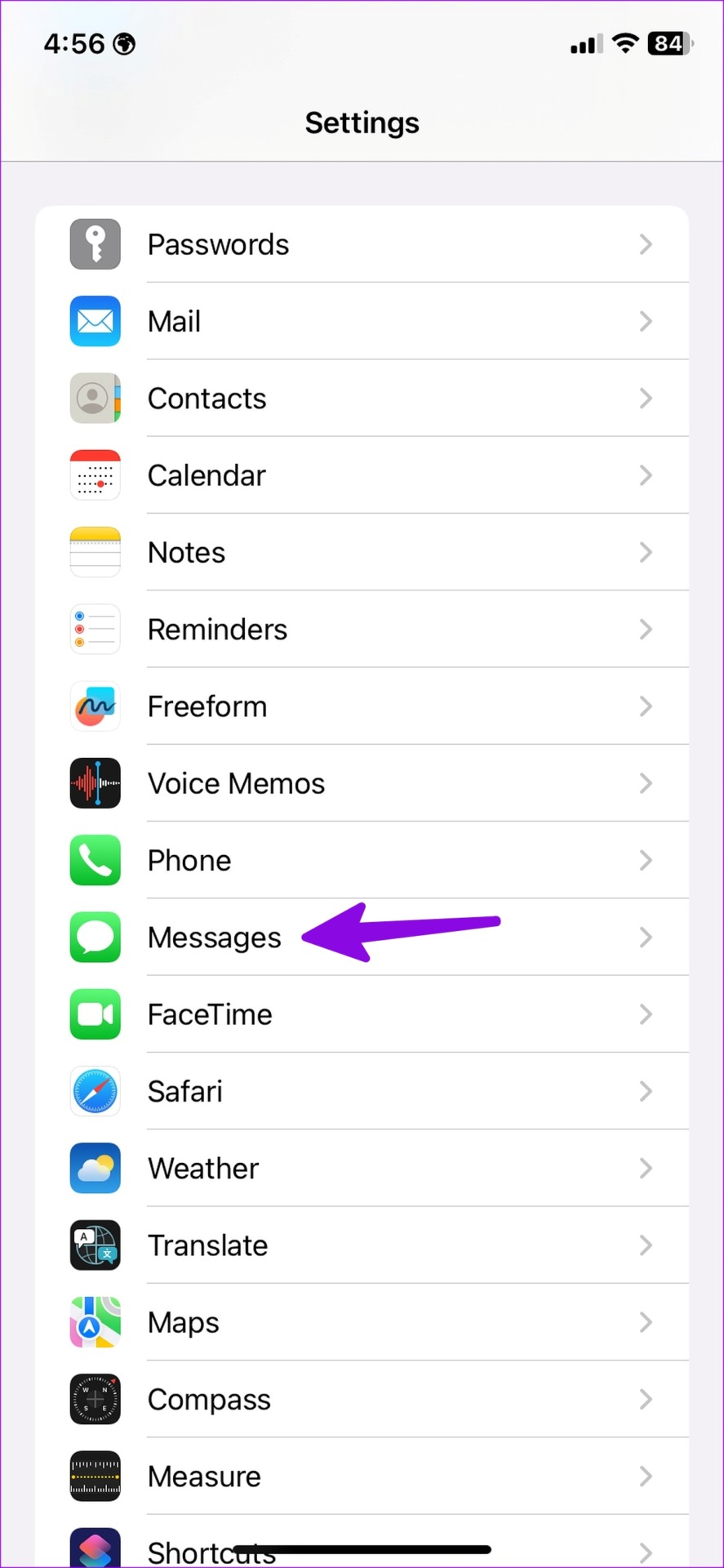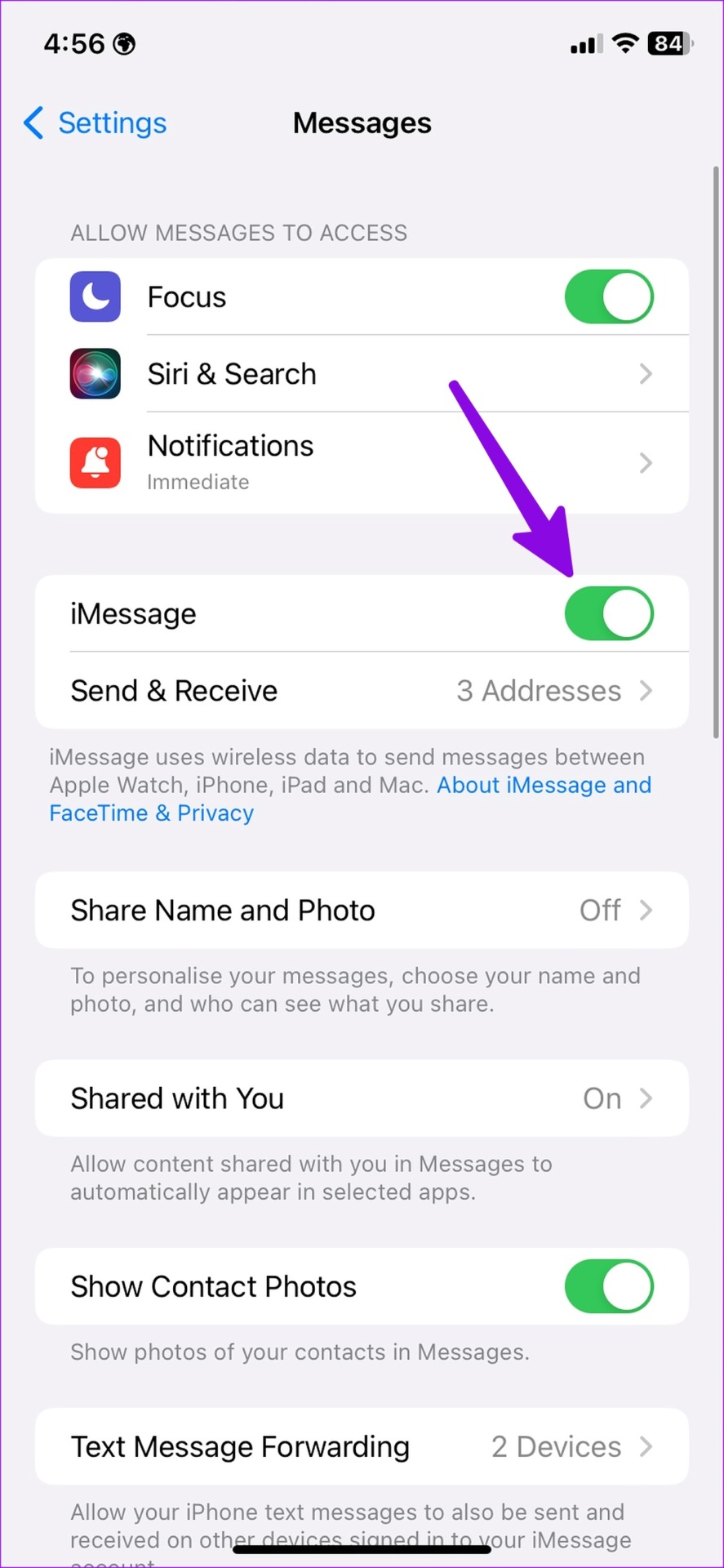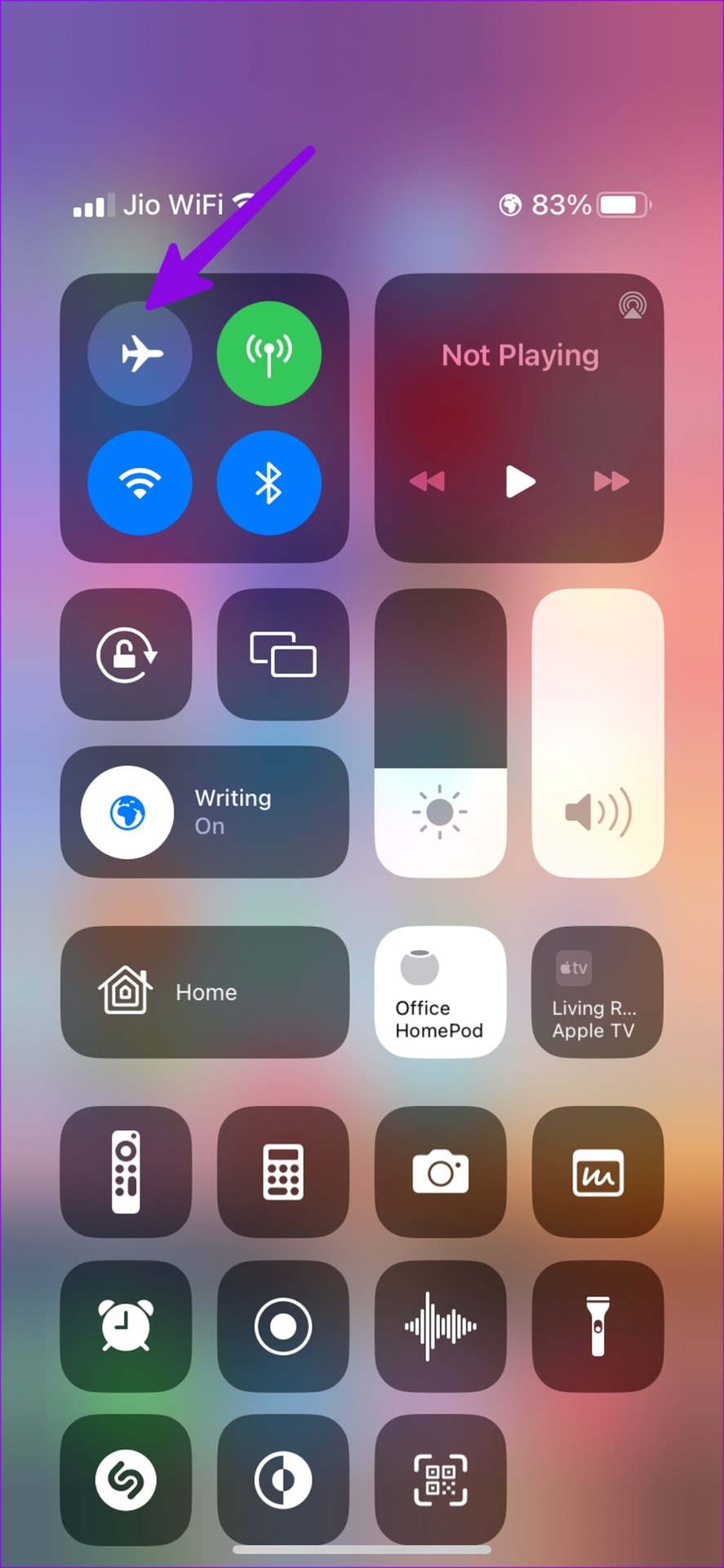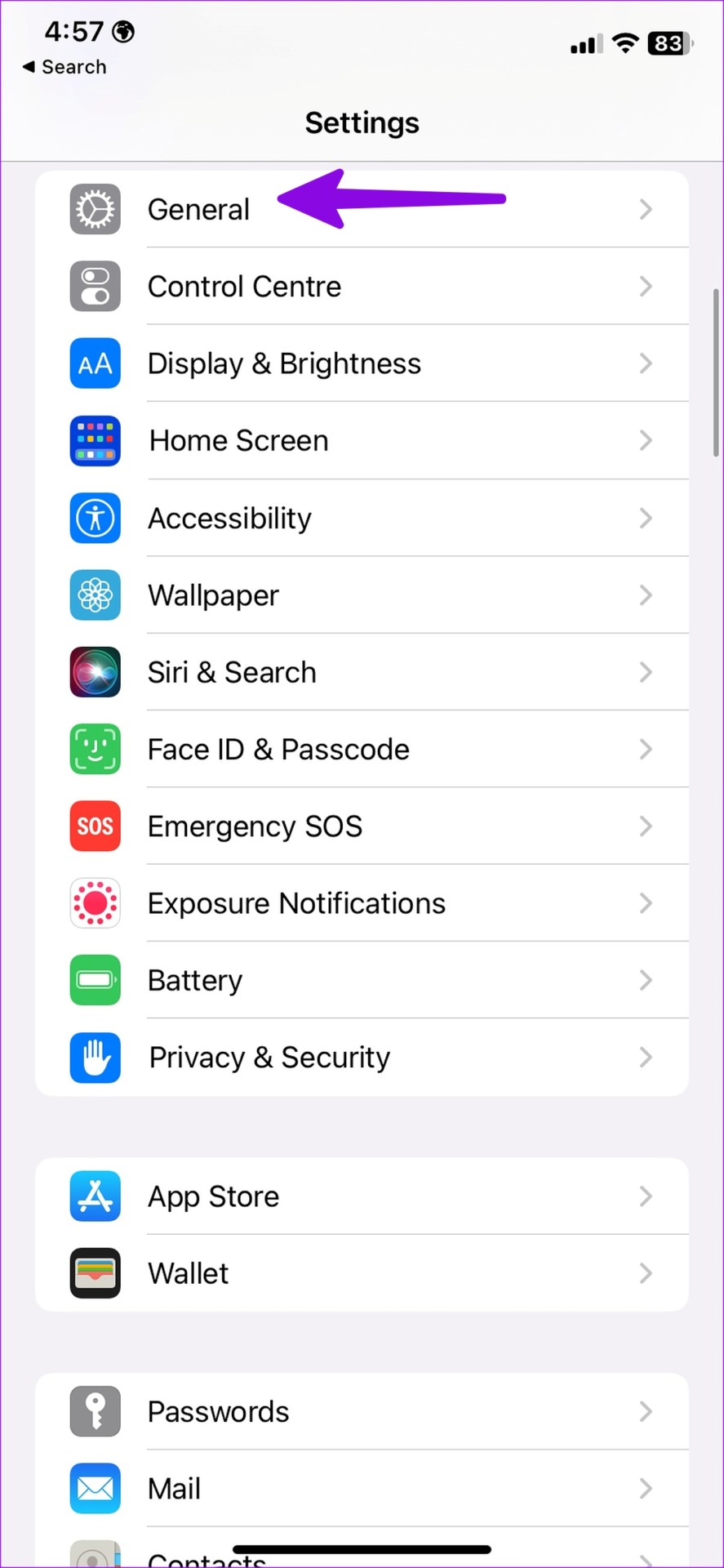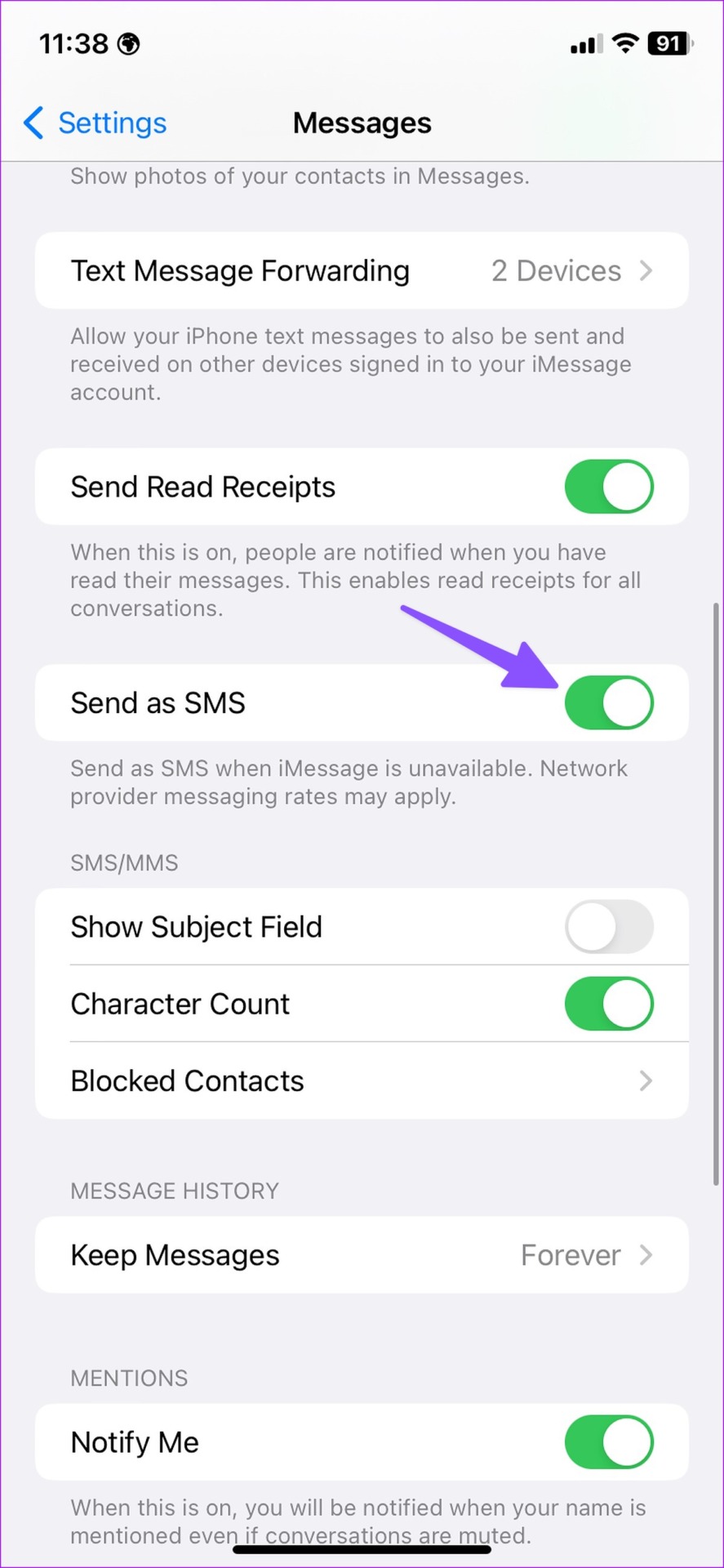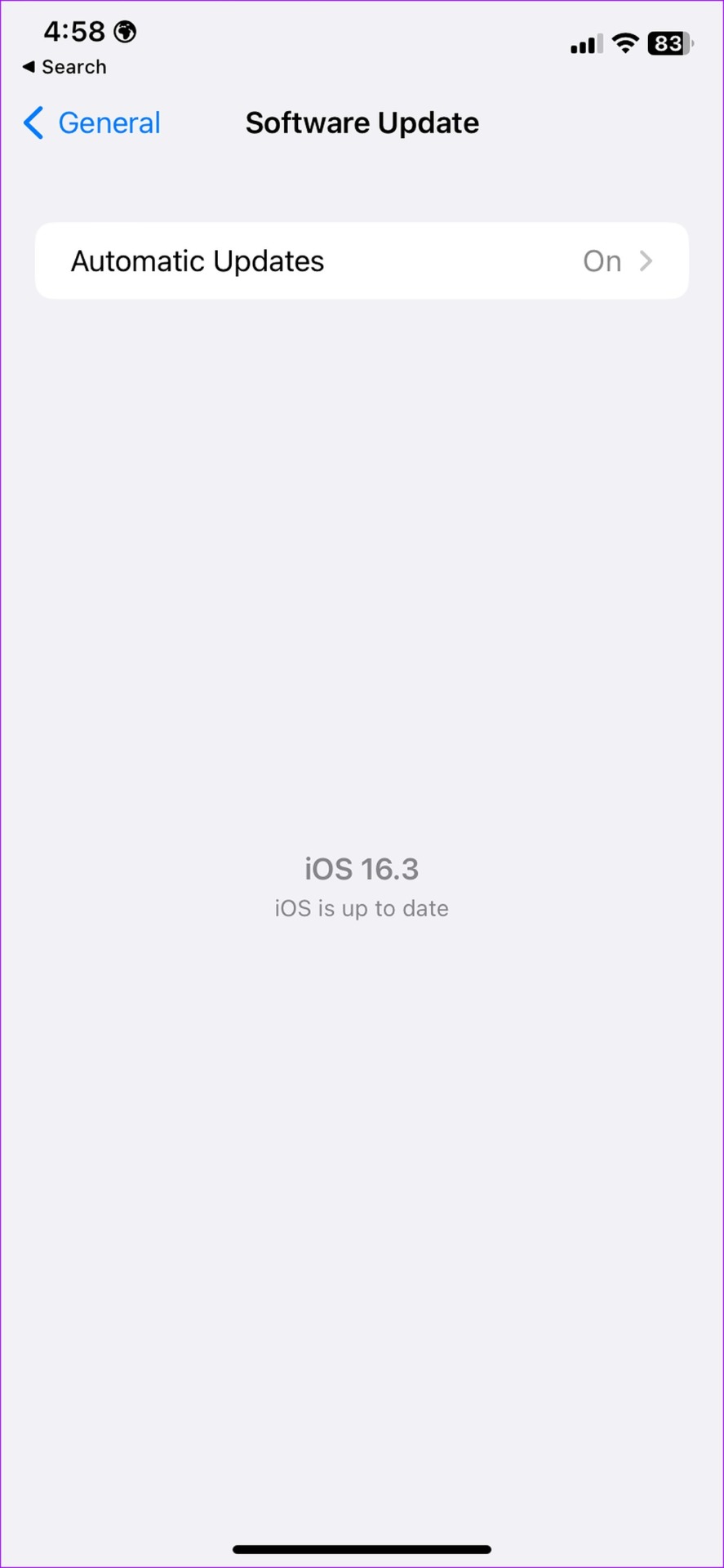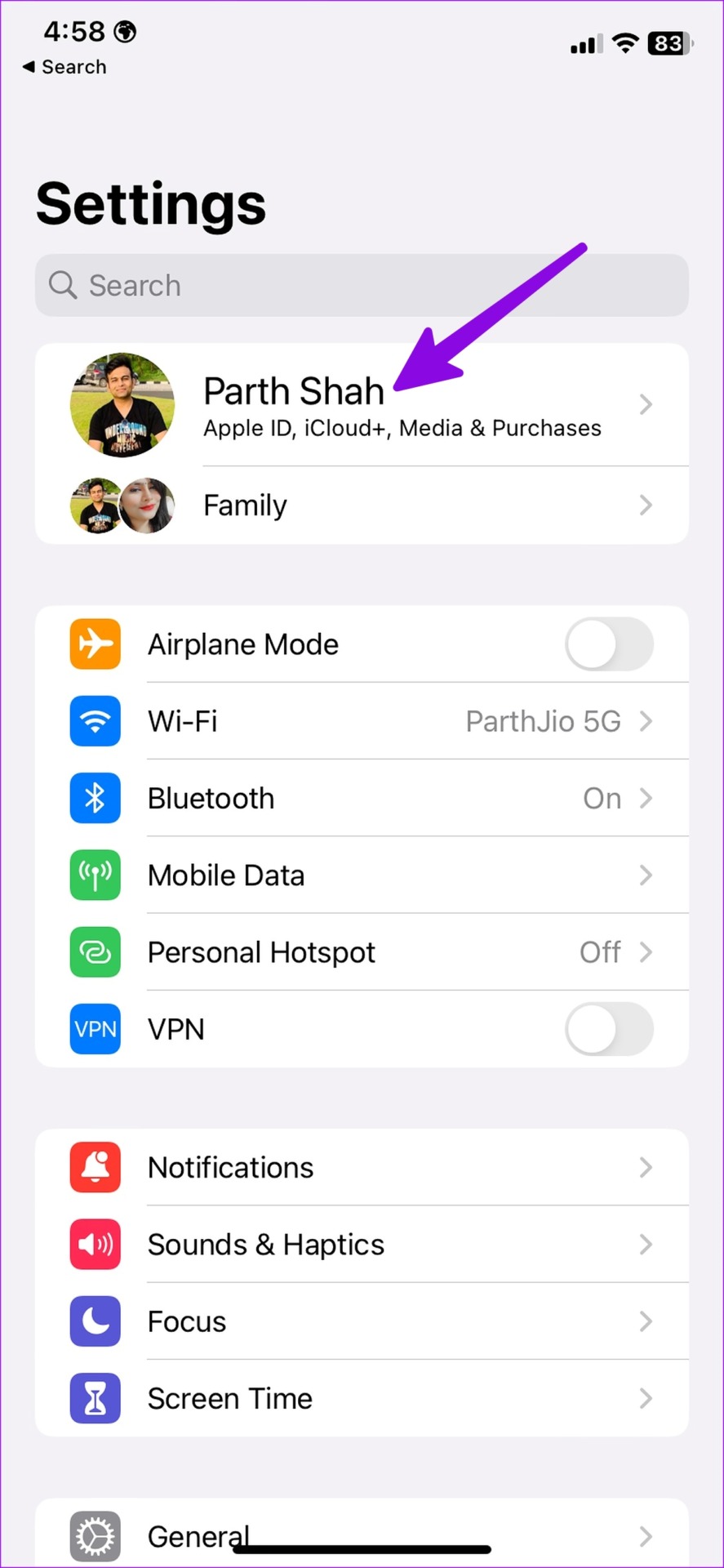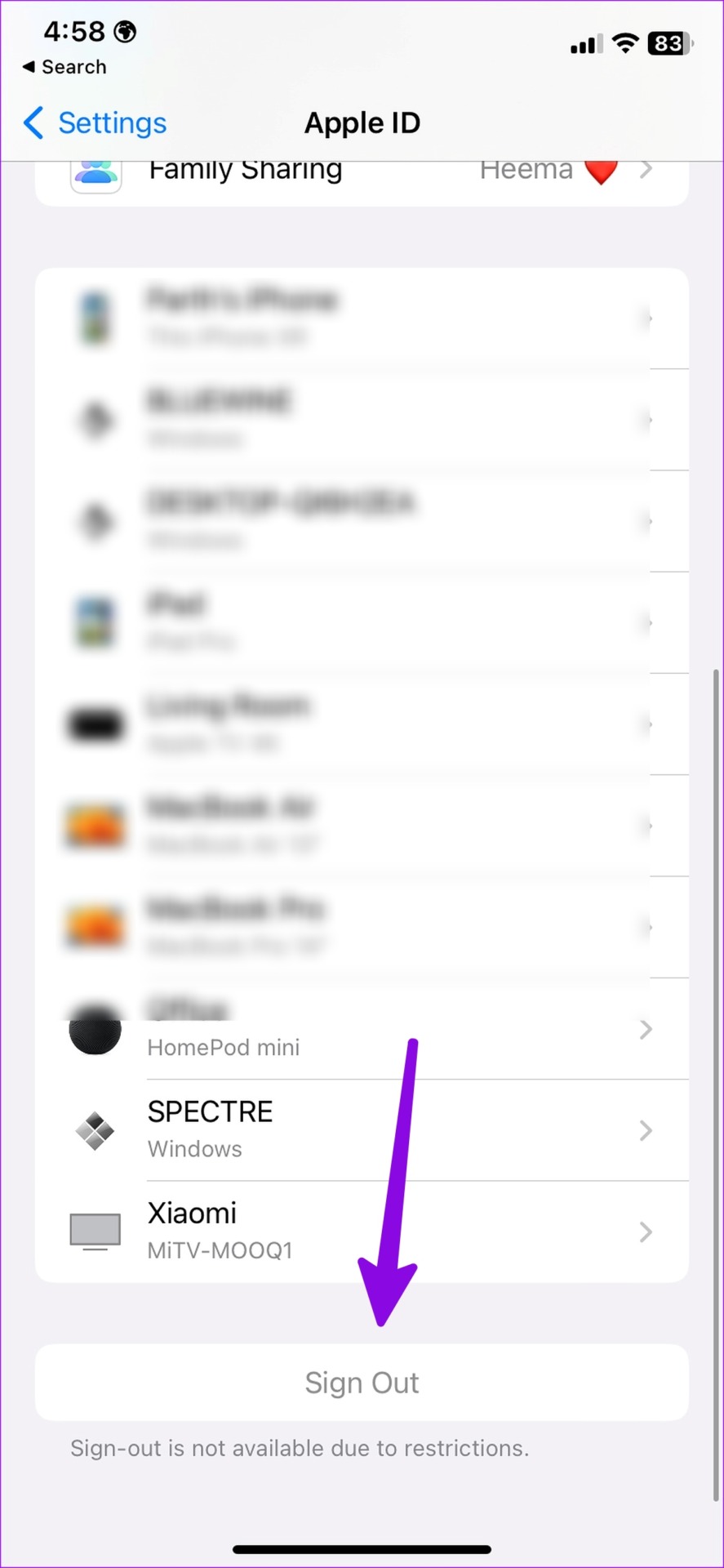iMessage is Apple’s version of third-party instant messaging apps such as WhatsApp, Telegram, and Messenger. It’s built right into the Messages app on iPhone, iPad, and Mac. Unlike a standard SMS, several features of iMessage include end-to-end encryption, rich media preview, and more. You may sometimes see the Messages app sending text as an SMS instead of iMessage. Here is how you can fix iMessage sent as text message on iPhone.
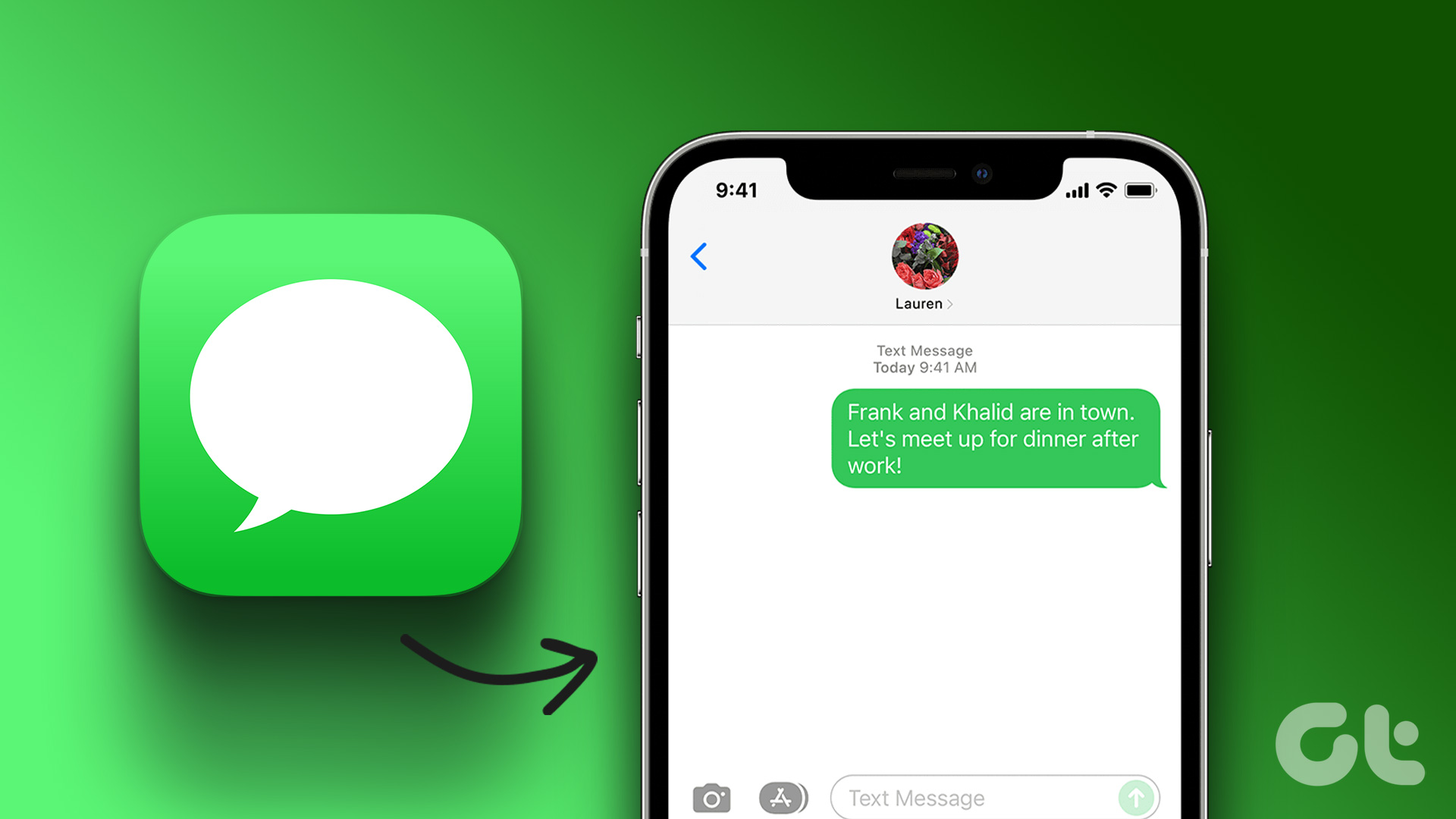
Apple differentiates an SMS from iMessage via the color of the chat bubble. If your iPhone sends messages in a green bubble (standard carrier-based SMS), use the tips below to turn it blue (iMessage).
1. Activate iMessage
Have you accidentally disabled iMessage service on your phone? Messages will send your text like normal messages. You need to activate the service from the settings.
Step 1: Open the Settings app on your iPhone.
2nd step: Scroll down to Messages.
Step 3: Enable the toggle next to “iMessage”.
If the recipient has disabled iMessage on their iPhone, your phone will send messages as normal text messages. You must ask the person to activate the function.
2. Check network connection
iMessage requires an active internet connection to work as expected. If your iPhone has network issues, the Messages app will send SMS/MMS in a green bubble instead of a blue one.
Step 1: Swipe down from the top right corner to open Control Center on your iPhone.
2nd step: Turn on Airplane mode and turn it off after a few seconds.
Once you have a working internet connection, try sending a text message as an iMessage. If you’re still having trouble, reset your iPhone’s network settings. You can read our dedicated article to know the implications of resetting network settings on iPhone and Android.
3. Reinsert the SIM card
The iMessage service is associated with your primary SIM card number. You can remove the SIM card and insert it again to fix iMessage activation issues.
4. Check the date and time on the iPhone
Incorrect date and time settings can cause problems with Apple services like iMessage.
Step 1: Open the Settings app on your iPhone.
2nd step: Scroll down to General.
Step 3: Select Date & Time.
Step 4: Disable the Set automatically toggle and select a relevant time zone.
5. Check iMessage Status
If the Apple servers face an outage, the Messages app will send iMessage as an SMS or MMS. Apple offers a dedicated website to check the status of each service. You can go to the Apple System Status website and make sure that a green indicator appears next to iMessage.

6. The recipient has changed phone
iMessage only works on Apple hardware like iPad, iPhone and Mac. If the recipient has changed their primary device from iPhone to Android, the messages will be sent in iMessage as a text message only. You have no choice but to switch to another service like WhatsApp or Telegram to keep in touch with your friends or family.
7. Disable Send iMessage as Text
When the Messages app fails to send an iMessage, it sends the same as standard SMS or MMS. If you have a tight SMS plan, you should disable the option in the settings.
Step 1: Open the Settings app and scroll down to select Messages.
2nd step: Turn off the toggle next to “Send via SMS”.
8. Ask the recipient to activate the Internet connection
If the person has a disabled internet connection on their phone, your iPhone will send iMessage as a text message. You need to ask the person to activate an internet connection to start using iMessage.
9. Update iOS
Outdated iOS software can be the main culprit behind sending iMessage as a text message issue on iPhones. iMessage is part of Messages app and Apple updates it with major iOS updates on iPhone.
Step 1: Launch the Settings apps on your iPhone.
2nd step: Select General and tap Software Update.
Step 3: Download and install the latest version of iOS on your iPhone.
10. Authenticate your Apple account again
Have you recently changed your Apple account password? Due to an account authentication error, iOS may disable services like iMessage on your iPhone. You must sign out of your Apple account and sign back in using the updated information.
Step 1: Open the Settings apps on your iPhone.
2nd step: Select your profile.
Step 3: Log out of your Apple account.
Step 4: Log in and try sending iMessage again.
Use iMessage on iPhone
Sometimes the recipient can opt out of getting iMessages on their phone number. You need to send messages about the person’s Apple ID. When composing a text in the Messages app, try entering the Apple ID instead of your mobile number.
In terms of security and functionality, iMessage totally dethrones SMS/MMS on iPhone. If your friends and family use an iPhone, we highly recommend using iMessage over other third-party options. However, iPhone sending iMessages as text messages may need some clarification. What trick worked for you? Share your findings in the comments below.


